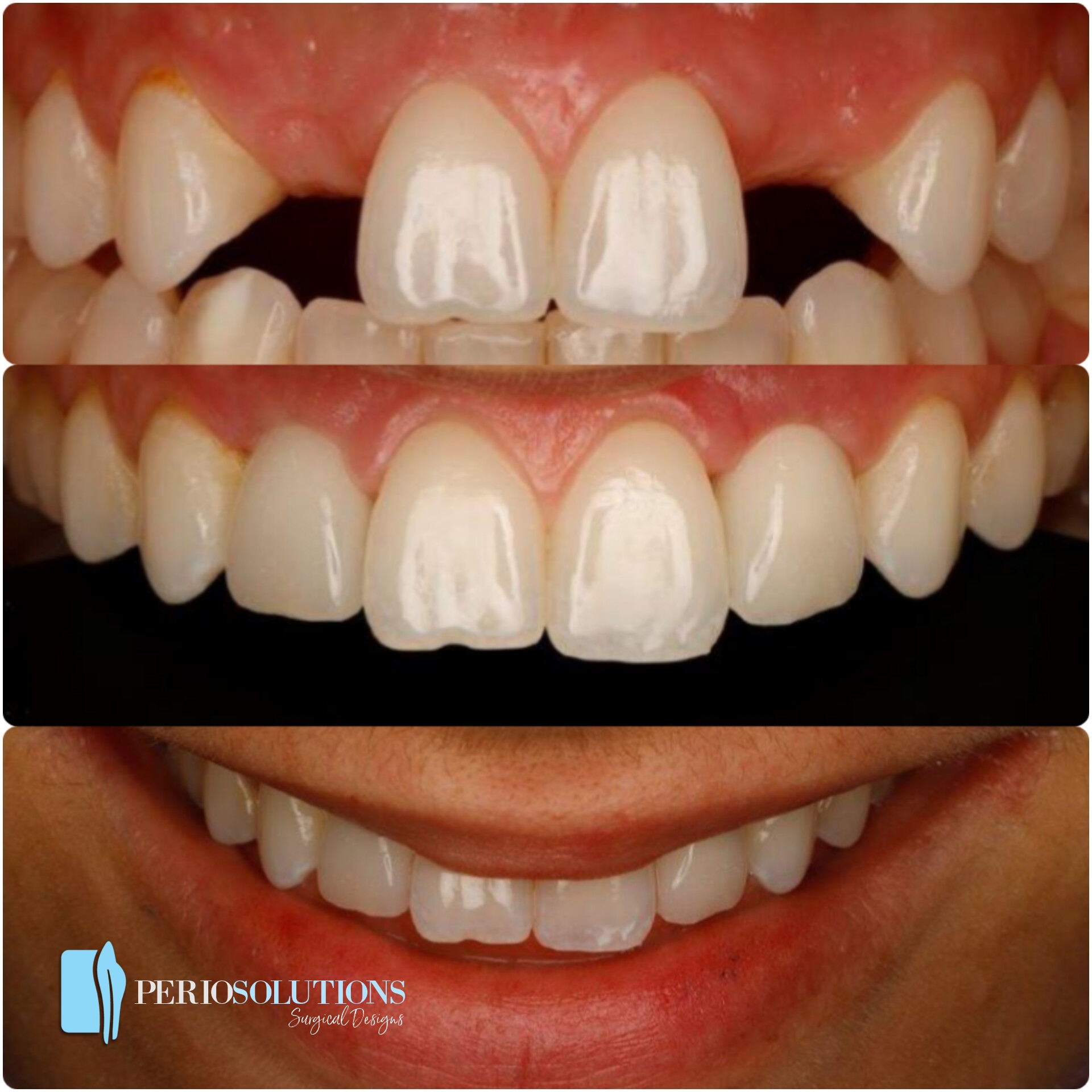
Replacing congenitally missing teeth with dental implants is a common treatment option for individuals who are missing one or more teeth due to genetic or developmental reasons. A periodontist is a dental specialist who is trained to diagnose, treat, and prevent periodontal (gum) disease as well as placing dental implants in the most ideal and esthetic position.
The first step in the process is to have a consultation with the periodontist to determine if you are a suitable candidate for dental implant treatment. This typically involves a thorough examination of your mouth, including x-rays and possibly a CT scan, to assess the condition of your jawbone and other oral structures.
If you are determined to be a good candidate, the next step is the surgical placement of the implant(s) into the jawbone. The implant(s) will be allowed to integrate with the jawbone over a period of several months.
After the implant(s) has integrated with the jawbone, an abutment will be placed on the implant(s) and an impression will be taken for fabrication of the final restoration, usually a dental crown, which will be placed on top of the abutment by the periodontist.
It is important to note that the healing time can vary depending on the number of teeth that are missing, the condition of the jawbone, and the individual’s overall health. After the healing time, the final restoration will be placed on top of the implant, resulting in a replacement tooth that functions and looks like a natural tooth.
It’s important to maintain good oral hygiene and regular follow-up appointments with the periodontist to ensure the continued success of the dental implant.
Talk to US About an Appointment